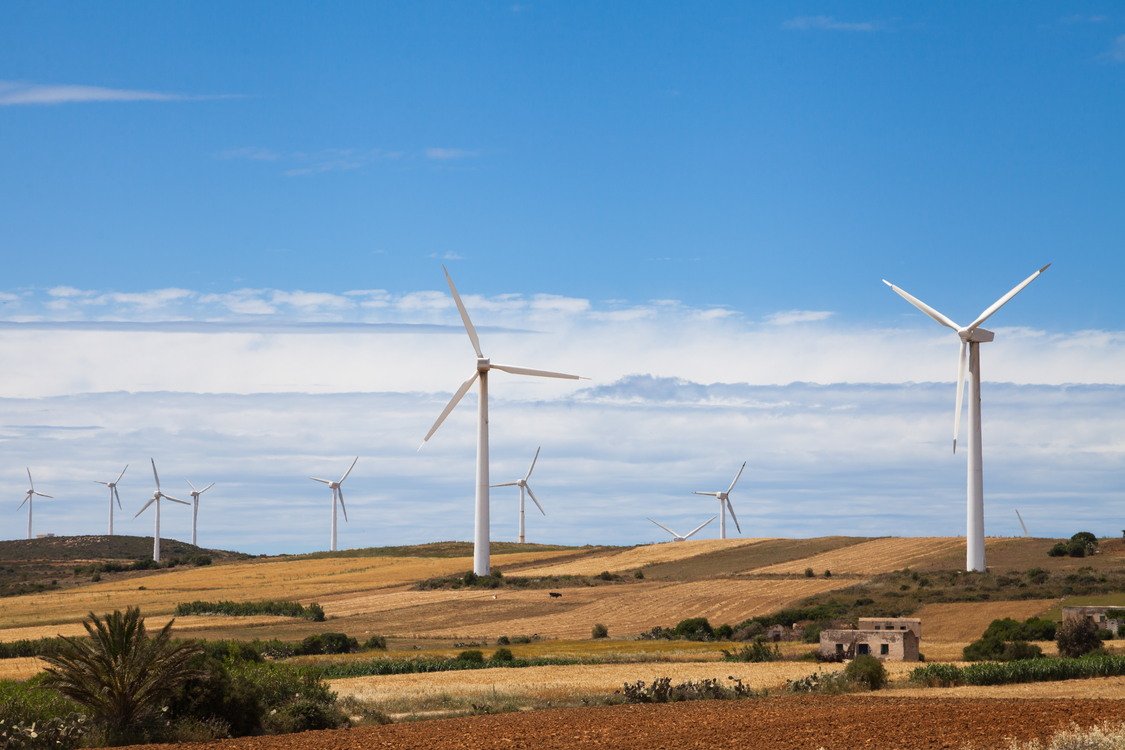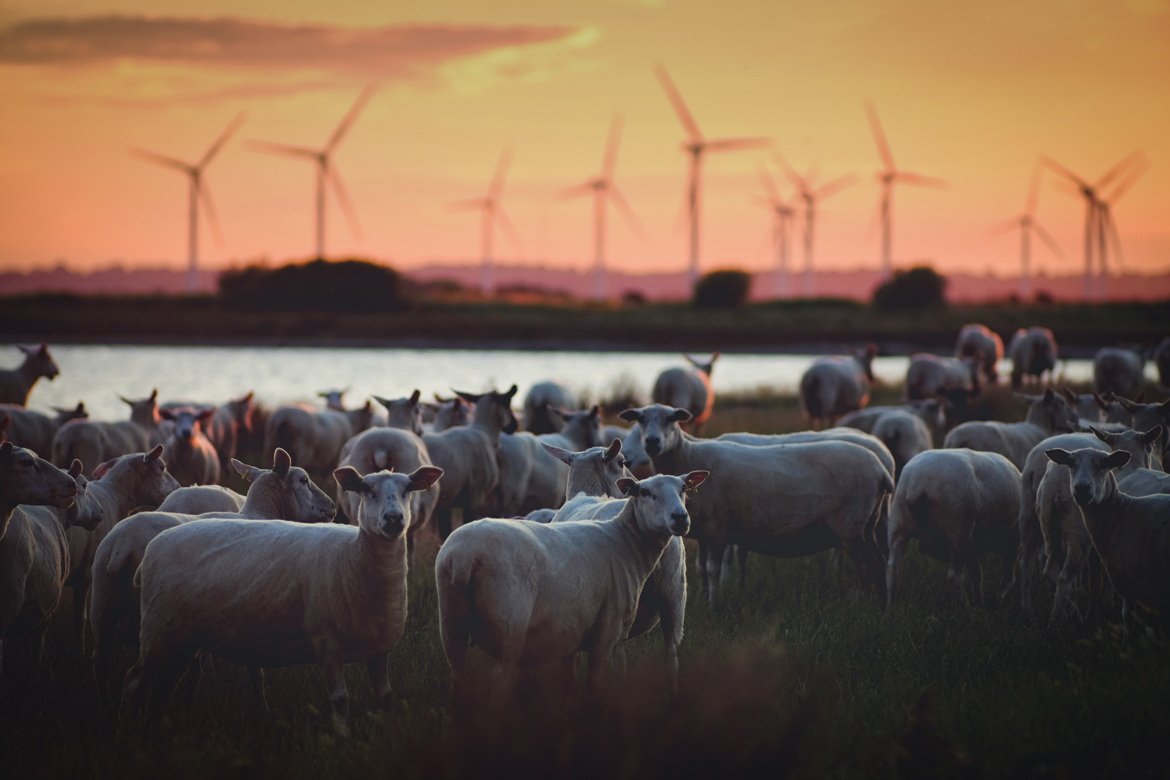The purpose of this study is not therefore to sabotage the development and integration of wind energy facilities in NATURA 2000 sites but to promote better coherency and knowledge sharing between developers, operators, local societies and authorities to encourage wind energy investments and biodiversity conservation.
Given the relatively new and emerging nature of the wind energy technologies coupled with the existence of a not lenient enough regulatory framework and policies uncertainty, demands a dedicated research to assess, predict and manage the impacts of large wind energy plants on Natura 2000 sites.
This document investigates how an effective and efficient assessment of the Habitats Directive can be best applied through adaptive and collaborative management mechanisms to reconcile the increasing demand for wind energy plants and biodiversity conservation in these vitally important environmentally protected areas. In so doing, this document – via an online survey – challenges the strict clarification of the precautionary principle which has been preserved by the EU judiciary under the regime of Article 6 (Article 6 of the Habitats Directive) in an effort to halt the loss of biodiversity and the degradation of ecosystem services in the EU and suggests community engagement, knowledge sharing and adaptive management as a recommended strategy to improve the outcomes of the strategic environmental impact assessments and ROI.
This research aims to promote the development and dissemination of solution-focused method before the Not in My Backyard Phenomenon (NIMBY) it truly becomes a significant barrier for the wind energy investors.
To what extent has the conservation effectiveness of Natura 2000 been evaluated at local, regional, national and European scales for wind power projects?
Natura 2000 is the cornerstone of EU nature and biodiversity conservation policy framework. It has been developed under the Birds Directive (1979) and Habitats Directive (1992) with main scope to establish ecosystem stability and develop new strategic priorities, methods and practices to protect endangered and threatened wildlife species and habitats.
Natura 2000 is a massive network of 26.000 environmental protected areas in all the 27 Member States of the European Union and covers an area of more than 750.000 km2, which occupy 18% of the EU land area and hold more than 90% of all the European protected wilderness locations. One of the most important and interesting parts of Natura 2000 is that although the network will certainly include nature reserves, most of the land is likely to continue to be privately owned and the emphasis is on ensuring that future management is sustainable, both ecologically and economically.

Wind Energy Projects in NATURA 2000 areas.
Wind energy investments in such areas, however, can raise serious environmental concerns, and development versus conservation conflicts can arise, because wind turbines can have several adverse environmental impacts, including noise disturbance and modification of local weather
Generally speaking, wind energy installations do not represent a threat to wildlife but when the potential project has poor siting strategies perspectives and design deficiencies the negative impact on vulnerable species and habitats of the ecosystem is more than certain. This is the main reason that an environmental permit will not hold in EU courts when the EU directives and regulations are not respected from investors and developers.
Despite the fact that there are several official guidelines and approaches that can emphasize the process of the zoning areas characterization, the effective identification of these areas and the probability of possible significant effects to Natura 2000 sites has been ignored.
In this context “possible” refers to the presence of uncertainty with regard to the absence of significant effects and “significant” means not unimportant, trivial or inconsequential but an effect that has the potential to undermine the site’s conservation objectives. In other words, any effect during the entire life-cycle process of a wind energy project which would compromise the ecological functionality of landscapes and viability of an ecosystem, and interfere with achieving the conservation objectives of the site, would constitute a significant effect.
Our study area in Kafireas, South Evia (our Euboea), Greece recognized as a priority area for bird conservation in hosting many Special Protected Areas (SPAs) within the Natura 2000. Much of it, however, is also designated as a wind farm priority area, (the Regulatory Authority for Energy accounting more than 12,500 MW nominal capacity in the mainland, more than half of the applications refer to the windy areas of Evia).
Our research illustrates an emerging generic conflict of industrialized wind energy development in ecologically sensitive areas, as evinced by the sharp increase of developers’ interest in future wind farms in our study area, when the currently operating wind farms alone account for a significant hazard to the local ecosystem.
